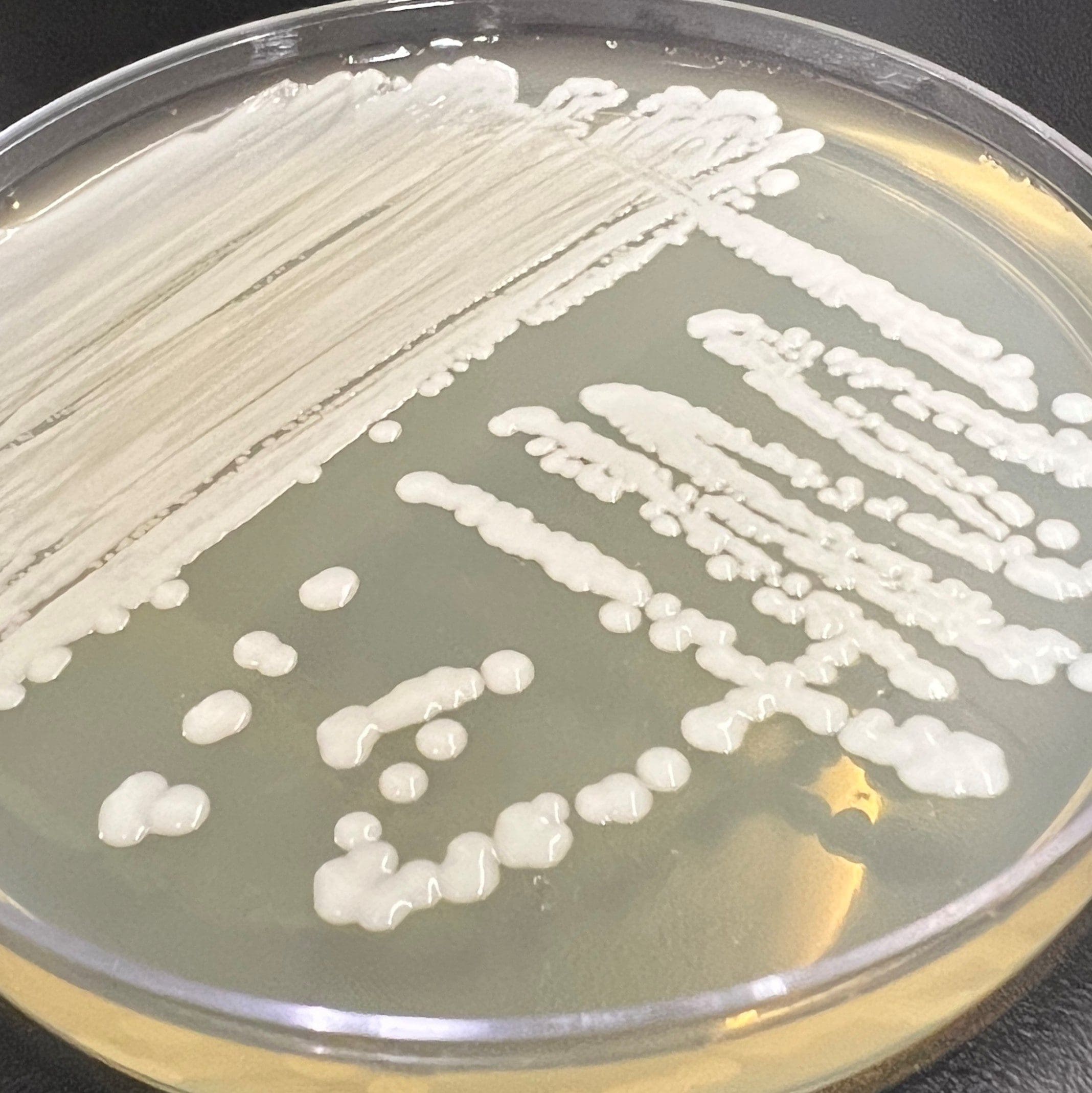
Get A Testing Quote
Staphylococcus haemolyticus
STRUCTURE AND PHYSIOLOGY
Staphylococcus haemolyticus is a Gram-positive, coagulase-negative facultative anaerobe. Cells are typically coccus-shaped. Colonies are circular, raised, smooth with smooth margins, and white in color.
TRANSMISSION AND DISEASE
Staphylococcus haemolyticus is an opportunistic pathogen causing localized or systemic infections. Infections of Staphylococcus haemolyticus are often associated with the insertion of medical devices as Staphylococcus haemolyticus is part of the natural skin flora of a wide range of mammals, including humans. It is generally considered to have a low likelihood of infection in non-immunocompromised individuals, but can be pathogenic in premature infants. Recent studies have noted an increase in isolation of Staphylococcus haemolyticus from clinical cases including sepsis. Staphylococcus haemolyticus may cause catheter-associated urinary tract infections, wound infections, and conjunctivitis.
DISINFECTION
Staphylococcus species are hardy microorganisms capable of surviving in dry conditions. This makes Staphylococcus especially useful in medical device testing where the drying step is critical in replicating worst-case/real-world scenarios.
NOTES
Highly antibiotic-resistant.
REFERENCE(S)
Staphylococcus haemolyticus – microbewiki (kenyon.edu)
Czekaj T, Ciszewski M, Szewczyk E, Staphylococcus haemolyticus – an emerging threat in the twilight of the antibiotics age. Microbiology (Reading). 2015 Nov
Share

